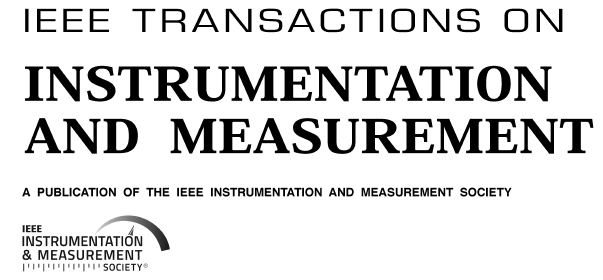Accurate Visible Light Positioning using Multiple Photodiode Receiver and Machine Learning
Visible light positioning (VLP) is a promising indoor localization method as it provides high positioning accuracy and allows for leveraging the existing lighting infrastructure. Photodiode (PD)-based receiver is a commonly used tag for VLP. However, a tag employing a single PD requires three or more luminaires to be visible. This article presents a VLP system that uses a custom-made tag utilizing multiple PDs. It applies received signal strength (RSS)-based fingerprinting using a weighted k-nearest neighbor (WkNN) algorithm for localization. Experimental results show that it is possible to localize using less than three luminaires with high accuracy. The Manhattan and Matusita distance metrics are found to provide lower localization accuracy than the Euclidean metric for the WkNN algorithm. The creation of a dense fingerprinting database through 2-D interpolation is presented as a method to reduce the cost of time and labor. The localization performance of the VLP system does not degrade noticeably with the fabricated database. The localization accuracy of the WkNN algorithm is shown to be better than that of a multilayer perceptron (MLP)-based regressor. The developed VLP system is also experimentally benchmarked against the HTC Vive showing comparable performance.

